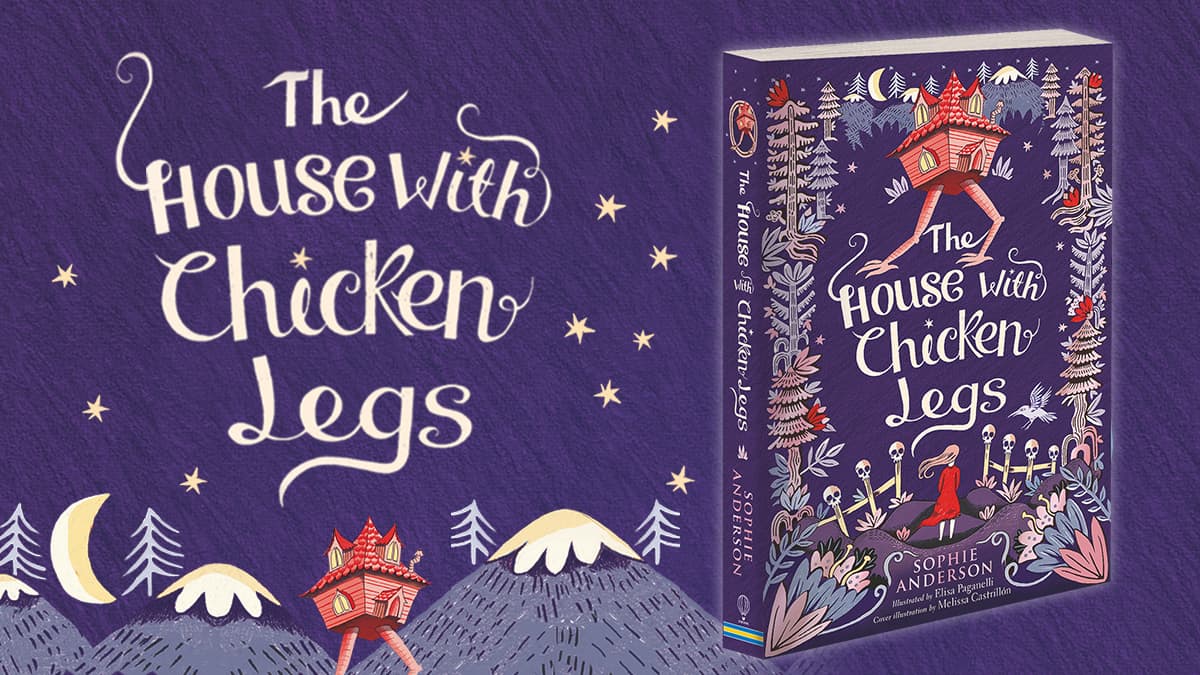
For her land has been divided by a terrible tragedy, and Linnet has been banished with her father to the deepest swamps, leaving behind her best friends, Hero and Silver. Linnet wishes she could sing magic, like her father, Nightingale - and bring the two sides of her island together again. The humans live on one side of the island, and the alkonosts - the bird-people - live on the other. In every way, it's a fabulous invention which gives yet more delight to the story.The Island of Morovia is shaped like a broken heart. Besides this house can heal itself if it gets damaged (oh, would that I had it!) and, furthermore, it expresses emotions. They could suddenly find themselves in a desert or on the beach. But it also can -and does-run off sometimes, taking Baba Yaga and Marinka with it. Yes, it has chicken legs as in the folklore. The choice is obvious.īut what will Marinka do without her house? Baba Yaga's house is in many ways the most engaging feature of this fascinating story. But her passion and desire are for the real world. It will take almost the whole story for Marinka to stop searching for her and learn that, unusually, she can choose between a life as an already dead person or the life of a normal girl because she belongs to both spheres. When she disappears through the Gate herself to guide a dead young girl who has got left behind, Marinka is devastated. In Sophie Anderson's engaging novel, she is much loved by her adopted granddaughter, Marinka, and kindly to all the dead people who, nightly, she guides through the Gate into the spheres beyond. 6.99 īaba Yaga in Slavic folklore is a hideous, terrifying being. APA style: Anderson, Sophie: The House with Chicken Legs.Anderson, Sophie: The House with Chicken Legs." Retrieved from 2018 The School Library Association 16 May.


MLA style: "Anderson, Sophie: The House with Chicken Legs." The Free Library.


 0 kommentar(er)
0 kommentar(er)
